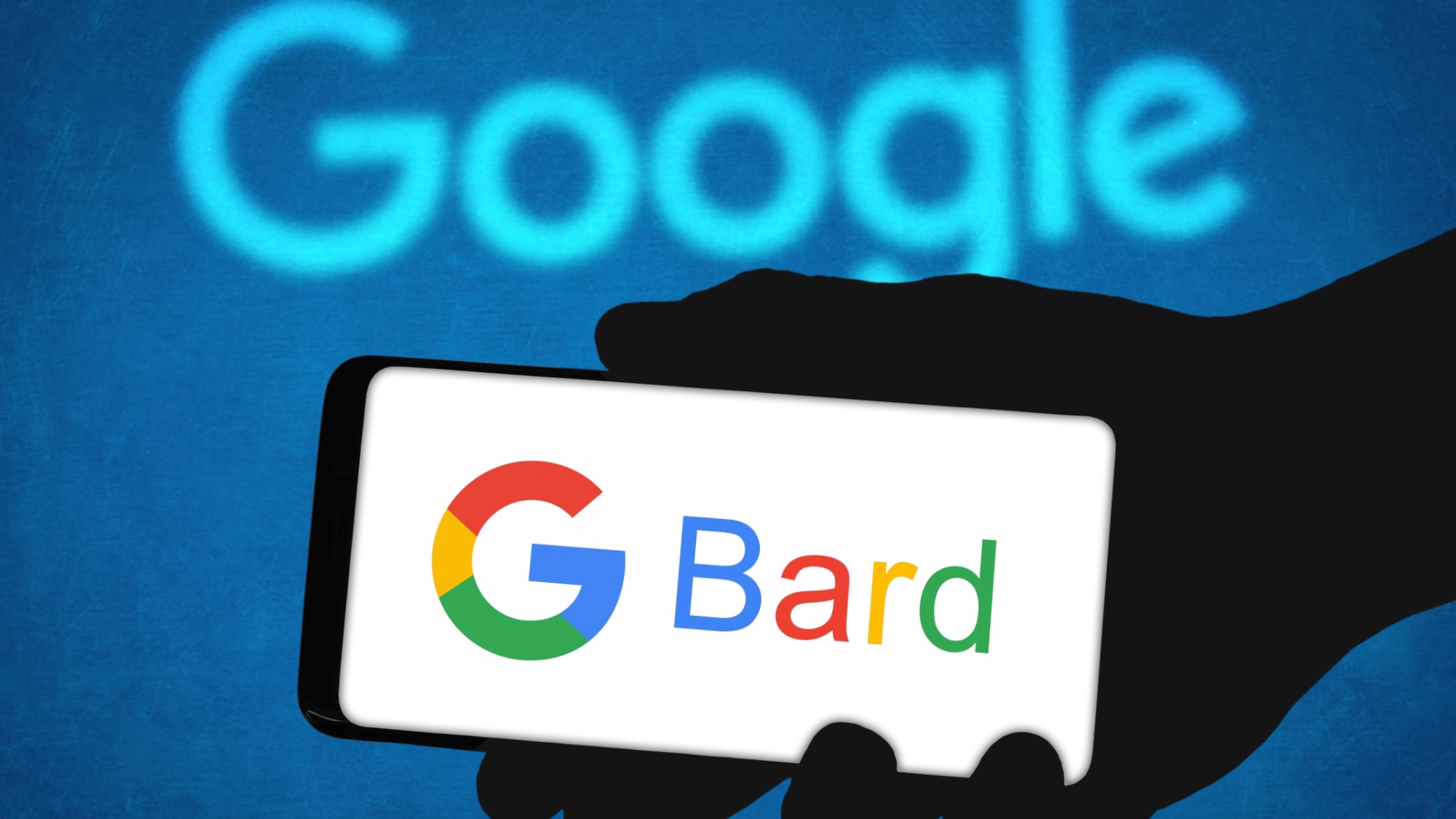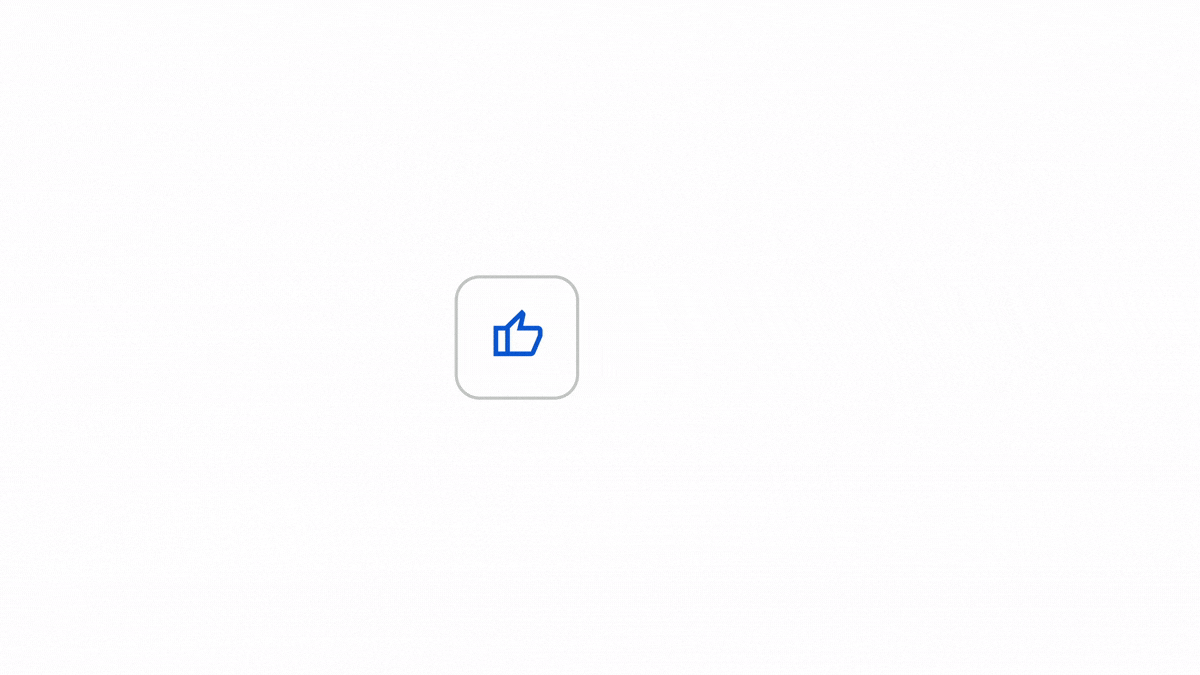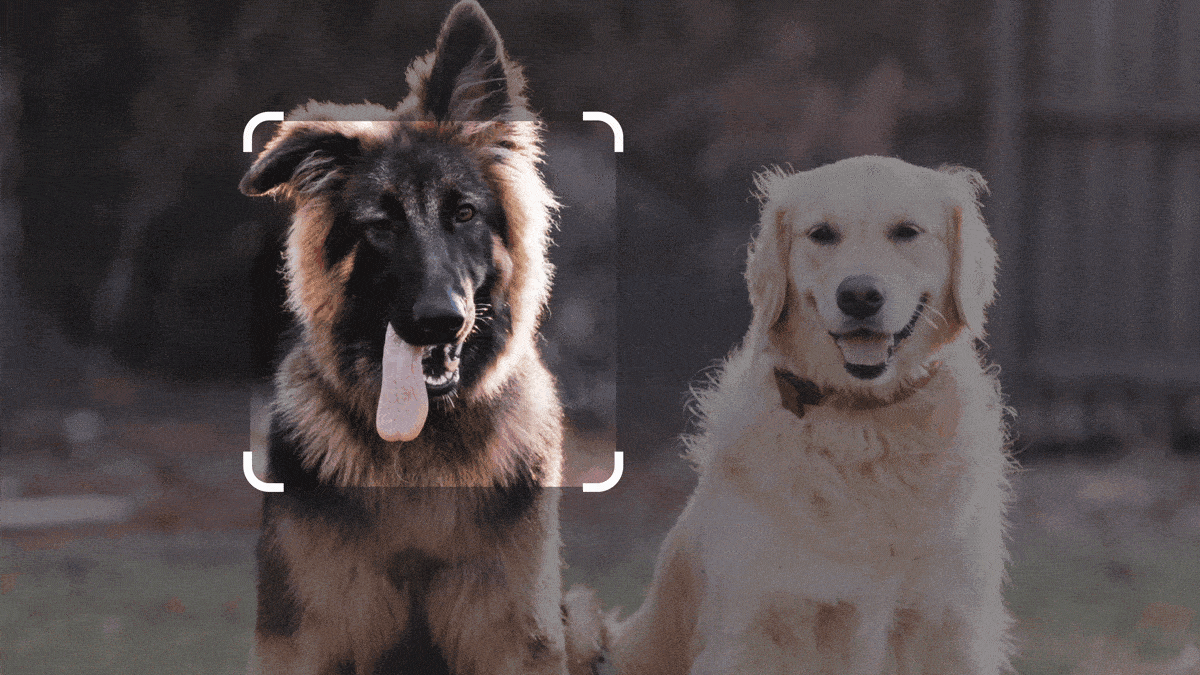
Google Bard just got some serious upgrades from Google — and it's now available to everyone.
Vice President at Google and General Manager for Google Assistant and Bard, Sissie Hsiao just announced several updates to Google's ChatGPT competitor, but none probably as big as removing the waitlist for the Google chatbot. That means Bard is now available in over 180 countries, and you can even join with a Workspace account instead of your personal Google account.
But that's not the only change to Google Bard that was announced at I/O 2023. Here's everything that's changing now — as well as some changes announced by Google that are coming soon.
No more waitlist for Google Bard

The big headline, of course, is that the Bard waitlist has been ended. Now, users in 180 countries can access Google Bard, so you should check out our guide on how to use Google Bard and test it out for yourself. What's more, is that Bard is no longer limited to just English. Users can now interact with Bard in Japanese and Korean as well.
In other accessibility news, Google Bard is getting a Dark theme — which this writer will be using immediately. Dark theme is much easier on the eyes, so that's a win for those of us who stare at a screen all day.
Finally, Bard is getting some performance upgrades right away. Google is introducing export capabilities to Google Docs and Gmail, allowing Bard's creations to keep their formatting if you want to move them to a document or email.
Even more Bard updates coming soon

While it's nice to see some upgrades right away, the big stuff is what is coming soon. With PaLM 2, the AI chatbot has already seen improved performance with coding and mathematics. Now, it's going to get a lot more.
First, Bard is getting improved citations starting next week. Whether citing a line of code or other content in its text responses, Bard will annotate the material that needs citing. If you click the annotation, Bard will then underline the cited part and provide a link to the source material.
Then there are a few features coming soon. The export feature will also allow users to export Python code through Replit in the near future. Bard will also increase its language support from three languages — English, Japanese and Korean — to 40 languages.
But the biggest change is multimodal functionality. We've already seen multimodal functionality teased in GPT-4 and Microsoft's Bing Chat, and now PaLM 2 is bringing it to Bard. This allows users to ask prompts such as “What are some must-see sights in New Orleans?” and get back responses that include images in addition to text. It also allows users to do the reverse, with Bard now able to work with Google Lens to upload images into Bard and have Bard respond using text. This multimodal functionality is the next big feature in generative AI and it's good to see Google Bring it to Bard.
Google Bard extensions — Bard gets Adobe integrations

One other feature that is coming soon is Google Bard extensions. Some will come from Google apps and services such as Google Docs, Google Drive and Gmail, but others will come from outside companies.
And the first third-party extensions are both coming from Adobe. First, there is Adobe Firefly, which will allow users to create AI-generated images directly in Bard AI. This is similar to Microsoft's Bing Image Generator, which uses OpenAI's DALL•E 2 AI image generator.
But the Adobe integrations don't stop there. Once you have your Firefly-generated images, you'll be able to edit them further in Adobe Express. Extensions beyond Adobe's Bard extensions are expended to come as Bard grows. Google has tipped them to come from Google partners such as "Kayak, OpenTable, ZipRecruiter, Instacart, Wolfram and Khan Academy."
What else to expect from Google AI at I/O 2023
Aside from Google Bard, we already saw Google announce PaLM 2 — its new AI model that's aimed at competing with OpenAI's GPT-4 model that currently powers paid versions of ChatGPT.
And thanks to a leak right before I/O we also expect Google to expand its generative AI capabilities in Workspace apps, including “template generation in Sheets and image generation in its Slides and Meet products.” This comes on the heels of similar generative AI features being introduced to Gmail and Google Docs earlier this year.
We should know more as AI products and developments are announced. So make sure to stay tuned to our Google I/O 2023 coverage so you don’t miss any of the official announcements from Google.
!["[T]he First and Fifth Amendments Require ICE to Provide Information About the Whereabouts of a Detained Person"](https://images.inkl.com/s3/publisher/cover/212/reason-cover.png?w=600)






